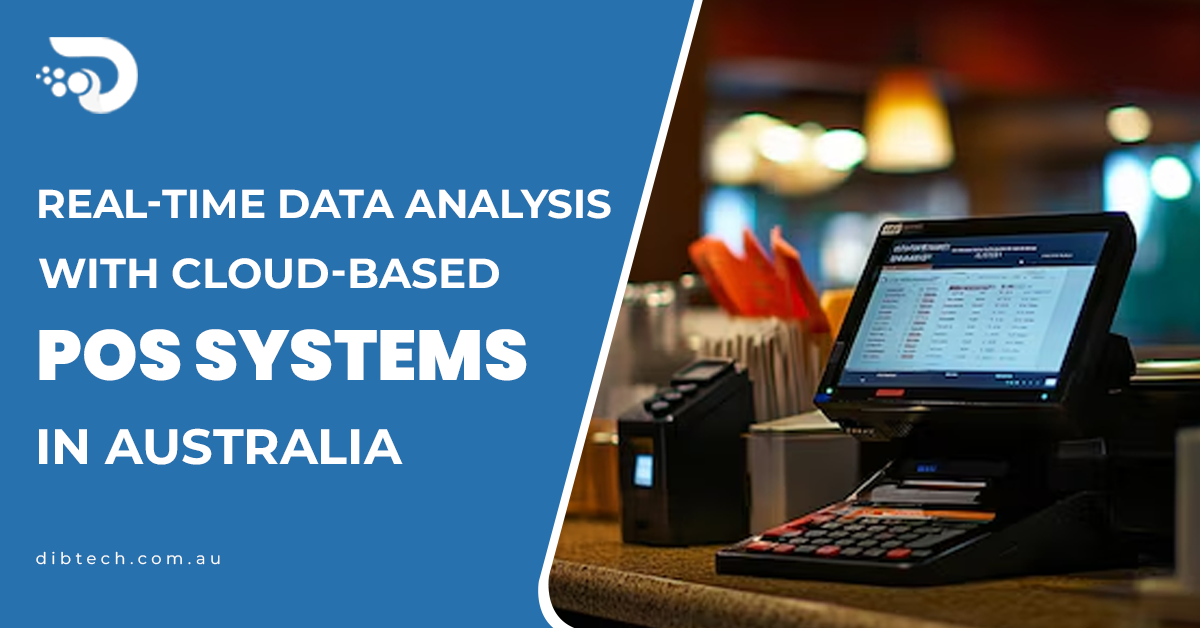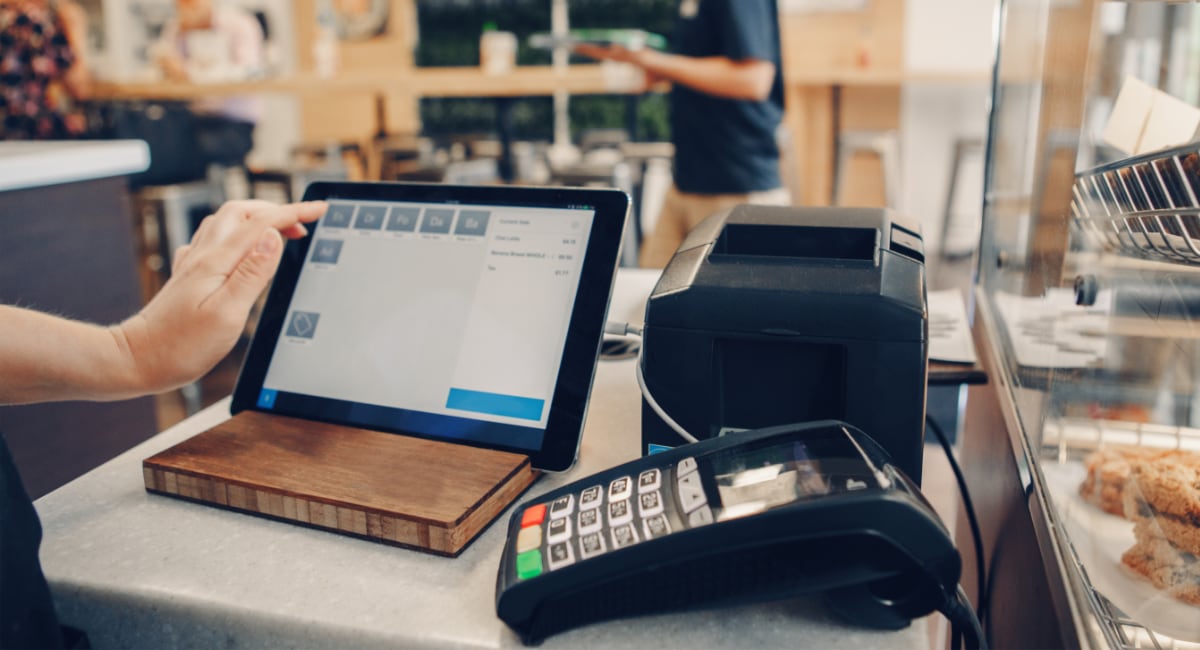How a POS System Can Simplify Restaurant Product Management

Running a restaurant requires careful product management to ensure smooth operations, prevent waste, and maximize profits. From tracking inventory to managing menu items, a Point-of-Sale (POS) system plays a crucial role in streamlining product management. In this blog, we’ll explore how a POS system can simplify restaurant product management and improve overall efficiency.
1. Real-Time Inventory Tracking
One of the biggest challenges for restaurants is keeping track of inventory. A POS system helps automate inventory management by updating stock levels in real time whenever an order is placed. This means you always have accurate insights into what ingredients are running low and when to reorder, reducing the chances of overstocking or running out of essential items.
2. Automated Purchase Orders and Supplier Management
A modern POS system can automatically generate purchase orders based on inventory levels, ensuring that you never run out of critical supplies. It can also track supplier performance, helping you choose reliable vendors based on delivery timelines, cost, and product quality.
3. Efficient Menu Management
Restaurants often update their menus to cater to changing customer preferences and seasonal ingredients. A POS system makes it easy to modify menu items, update pricing, and introduce new dishes without manually adjusting every aspect of the system. It also provides data on the most popular and least popular menu items, allowing you to make informed decisions about what stays and what goes.
4. Minimizing Food Waste and Loss Prevention
Food waste is a major concern for restaurants, leading to unnecessary costs. With a POS system, you can track ingredient usage and portion control more accurately. By monitoring sales trends, you can predict demand more effectively and avoid over-purchasing ingredients that may go to waste.
5. Improved Pricing and Profitability Analysis
A POS system provides detailed reports on food costs, helping restaurant owners set optimal menu prices. By analyzing profit margins per dish, you can identify which items are the most profitable and which ones need adjustments. This allows for strategic pricing that maximizes revenue while keeping costs under control.
6. Seamless Multi-Location Management
For restaurant chains or multi-location establishments, managing product consistency can be challenging. A cloud-based POS system allows you to standardize menu items, pricing, and inventory management across multiple locations. This ensures uniformity and eliminates discrepancies between outlets.
7. Integration with Accounting and Analytics
Managing finances manually can be time-consuming and prone to errors. A POS system integrates seamlessly with accounting software, automating sales reports, expense tracking, and tax calculations. This simplifies financial management and helps in making data-driven decisions.
8. Enhanced Employee Productivity and Accountability
By automating many aspects of restaurant operations, a POS system reduces the burden on staff, allowing them to focus on customer service. It also tracks employee performance, including sales, order processing times, and shift productivity. This data helps managers identify areas for improvement and reward high-performing employees.
9. Mobile and Cloud-Based Access
With cloud-based POS solutions, restaurant owners and managers can access real-time data from anywhere. Whether you’re at home or traveling, you can monitor sales, inventory, and customer trends through a mobile app or dashboard, making remote management more efficient.
10. Better Customer Experience and Loyalty Programs
A POS system helps improve customer experience by speeding up the ordering and payment process. It also enables restaurants to implement loyalty programs, track customer preferences, and offer personalized discounts, ultimately increasing customer retention.
Final Thoughts
A POS system is more than just a tool for processing payments; it is a comprehensive solution for streamlining restaurant product management. From real-time inventory tracking to automated financial reporting, it enhances operational efficiency, reduces waste, and increases profitability. By investing in a modern POS system, restaurant owners can focus on delivering excellent food and service while leaving the complexities of product management to technology.






